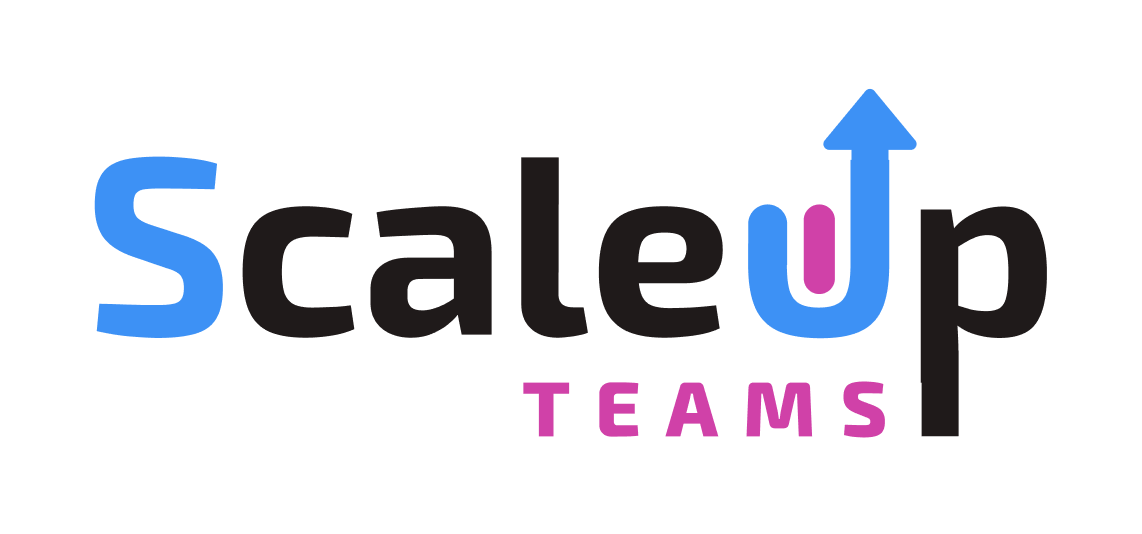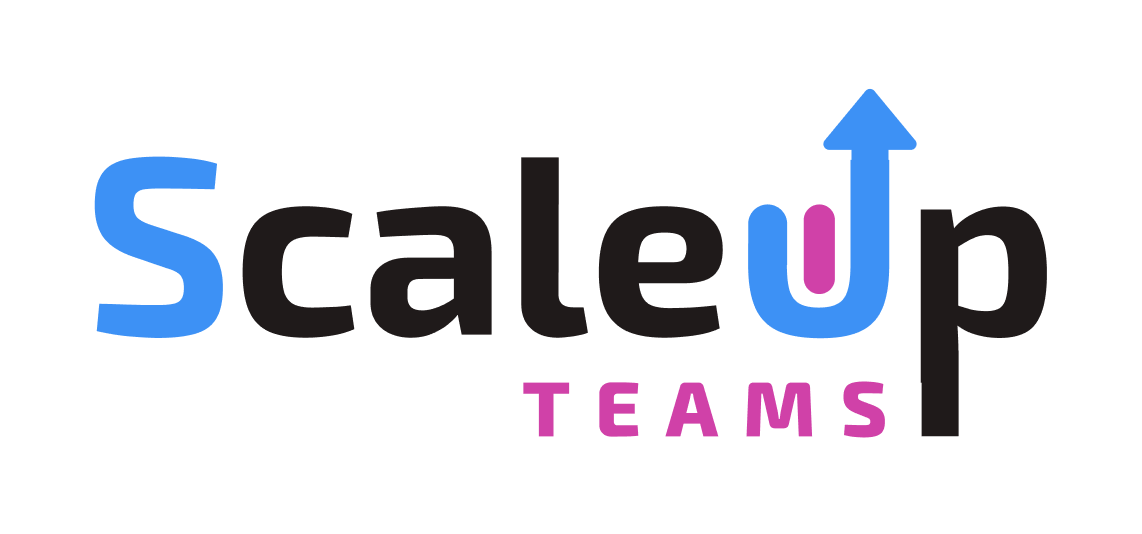The virtual assistant (VA) market is experiencing unprecedented growth, driven by advancements in remote work, AI tools, and a global shift toward flexible staffing solutions. With a projected value of $44.25 billion by 2027 and over 40 million VAs worldwide, businesses are increasingly turning to VAs to save costs and boost efficiency. This blog explores key statistics, industry trends, and insights into the evolving role of VAs in 2025.
Virtual assistant statistics 2025
Market size and growth trends
The virtual assistant (VA) market is booming, and the numbers speak for themselves:
- The global virtual assistant market reached an impressive $2,054.5 million in 2021 and is expected to skyrocket to $8,613.5 million by 2028, with a massive 22.3% growth rate over this period. (Business Research Insight)
- There are now over 40 million virtual assistants worldwide, spread across freelance platforms and agencies. (There Is Talent)
- Offshore hiring of virtual assistants surged by 41% in 2020, highlighting a shift towards cost-effective, remote staffing solutions. (NanoGlobals)
- Online marketplaces saw a 16% increase in bookings for freelance virtual assistants in the same year. (NanoGlobals)
- By 2027, the global VA market is projected to reach a staggering $44.25 billion, growing at a 20.3% CAGR. (World Metrics)
- The demand for virtual assistants grew by 35% in 2024, driven by the rise in remote work and the need for flexible staffing. (Insidea)
- Virtual assistants from regions like Latin America, Asia, and Eastern Europe are contributing significantly to the workforce, totalling around 40 million globally. (Task Drive)
- A Statista survey revealed that 62% of companies are hiring VAs with specialised skills to enhance efficiency.
Demographics
Virtual assistants are a diverse group, spanning industries, regions, educational backgrounds, and demographics:
- Around 28% of VAs work in entrepreneurship, 14% in consulting, 9% in coaching, and 8% in marketing, with smaller percentages in tech, education, real estate, and legal services. (Invedus)
- Entrepreneurs and freelancers are key drivers of the industry, with 59% relying on VAs to manage workloads. (FlexJobs)
- Regions like Latin America, Asia, and Eastern Europe dominate the VA workforce, offering affordability and quality.
- With approximately 60% of VAs holding a college degree, businesses can expect a high level of professionalism and expertise. This highlights the ability of VAs to handle diverse tasks effectively, including specialised services.
- In the U.S., 87.6% of virtual assistants are women, while 12.4% are men, showcasing a predominantly female-led industry. (Zippia)
Industry adoption
Virtual assistants are becoming indispensable across industries:
- 35% of executives now employ virtual assistants, reflecting a growing trend among CEOs. (Prialto)
- Executive use of VAs increased by 10% in 2022, compared to the previous year. (Prialto)
- Nearly 49% of companies hiring VAs have over 1,000 employees, highlighting their appeal to larger organisations. (Zippia)
- Virtual assistants now offer specialised services in areas like real estate, e-commerce, healthcare, customer service, and marketing.
- 14% of professional services firms, 12% of tech companies, and 8% of media/startups in the US rely on VAs. (Zippia)
- 40% of digital marketing agencies depend on VAs for campaign management. (MyOutDesk)
- VAs support 35% of e-commerce businesses with tasks like product research. (Project Untethered)
- 30% of companies in customer support use VAs for daily operations. (MyOutDesk)
- In real estate, 22% of agents outsource property listings to VAs. (Virtual Coworker)
- Healthcare institutions increasingly rely on VAs, with 18% handling patient scheduling and insurance claims. (Invedus)
Costs
Virtual assistants provide cost-effective solutions without compromising quality:
- On average, businesses save 78% on staffing costs by hiring virtual assistants. (Prialto)
- Hourly rates vary across platforms:
- Zippia: $19/hour
- Upwork: $10–$20/hour
- ZipRecruiter: $24/hour
- VAs in Latin America start at just $400/month, ideal for U.S.-based businesses. (Insidea)
- Outsourcing to experienced VAs reduces training costs by 15–25%. (Invedus)
Future trends
The future of virtual assistants is bright and tech-driven:
- AI Integration: Over 40% of marketers, including marketing VAs now use AI tools for tasks like data entry, scheduling, and customer support. (Survey Monkey)
- Cloud-Based Collaboration: Tools like Slack, Asana, and Zoom make it easy to stay connected with your VA. (Insidea)
- Specialised Software: VAs are increasingly using niche tools like HubSpot (marketing), QuickBooks (bookkeeping), and Canva (design). (MyOutDesk)
- By 2025, 40% of VAs are expected to offer highly specialised services in IT, legal, and medical fields. (Virtual Assistance Institute)
- Hybrid Roles: The integration of AI into workflows will make VAs more efficient and versatile. (Task Drive)
Key insights and trends for virtual assistants in 2025
What industries do virtual assistants commonly support?
Virtual assistants support a wide range of industries, with 28% working in entrepreneurship, 14% in consulting, 9% in coaching, and 8% in marketing. Smaller percentages provide services in technology, education, real estate, and legal fields. Additionally, VAs are increasingly specialising in areas like e-commerce, healthcare, customer support, and digital marketing, demonstrating their adaptability across various sectors.
What types of businesses rely on virtual assistants?
Virtual assistants are widely used by businesses of all sizes, including:
- Large companies: Nearly 49% of businesses with over 1,000 employees hire VAs for efficiency and scalability.
- Small and medium businesses: VAs provide cost-effective support for operations, marketing, and customer service without the overhead of full-time staff.
- Startups and entrepreneurs: Around 59% of freelancers and entrepreneurs rely on VAs to handle workloads, allowing them to focus on growth.
- Executives: 35% of executives use VAs for tasks like scheduling, email management, and meeting coordination, freeing up time for strategic priorities.
- Industry-specific businesses: VAs are particularly beneficial for e-commerce (35%), real estate (22%), and healthcare (18%), managing tasks like product research, property listings, and patient scheduling.
How much can businesses save by hiring virtual assistants?
Businesses can save an average of 78% on staffing costs by hiring virtual assistants compared to in-house employees. Training costs can also be reduced by 15–25% with experienced VAs compared to in-house staff, as VAs often bring pre-existing skills and require minimal onboarding.
Why is there an increased demand in virtual assistants?
The demand for virtual assistants has grown due to several key factors:
- Remote work trends: The shift to remote work during the pandemic highlighted the efficiency of virtual teams, driving a 35% increase in VA demand in 2024.
- Cost-effectiveness: Businesses save an average of 78% on staffing costs by hiring VAs, making them a more affordable alternative to in-house employees.
- Flexible staffing solutions: VAs allow businesses to scale support based on seasonal or project-based needs without the long-term commitment of full-time staff.
- Specialised skills: As 62% of companies hire VAs with specialised expertise, their ability to handle diverse tasks across industries has made them indispensable.
- Global talent pool: The availability of highly skilled VAs from regions like Latin America, Asia, and Eastern Europe has expanded workforce options and improved accessibility for businesses worldwide.
What is the future trend of virtual assistants and outsourcing in 2025?
The future of virtual assistants and outsourcing in 2025 is marked by increased technological integration and specialisation:
- AI Integration: By 2025, over 40% of VAs are expected to incorporate AI tools into workflows, enhancing efficiency for tasks like data entry, scheduling, and customer support.
- Highly Specialised Services: Around 40% of VAs will offer expertise in fields like IT, legal, and medical support, catering to niche business needs.
- Hybrid Roles: VAs will blend traditional administrative tasks with advanced AI-driven tools to streamline operations and improve outcomes. (Source: Task Drive)
- Cloud-Based Collaboration: Platforms like Slack, Asana, and Zoom will further enable seamless remote work between VAs and businesses.
- Increased Demand for Expertise: Businesses will increasingly outsource specialised tasks, benefiting from the cost savings and efficiency offered by experienced VAs in global markets.
These trends highlight a shift toward more sophisticated and technology-driven outsourcing, making VAs an integral part of modern business strategies.
The statistics don’t just highlight the growth of virtual assistants—they prove their value in modern business. With benefits like cost savings, specialised skills, and flexibility, VAs are helping businesses worldwide streamline operations and stay competitive. Start your free one-week trial today and experience how a virtual assistant can transform your business. Let us handle the details so you can focus on what you do best—growing your business.


